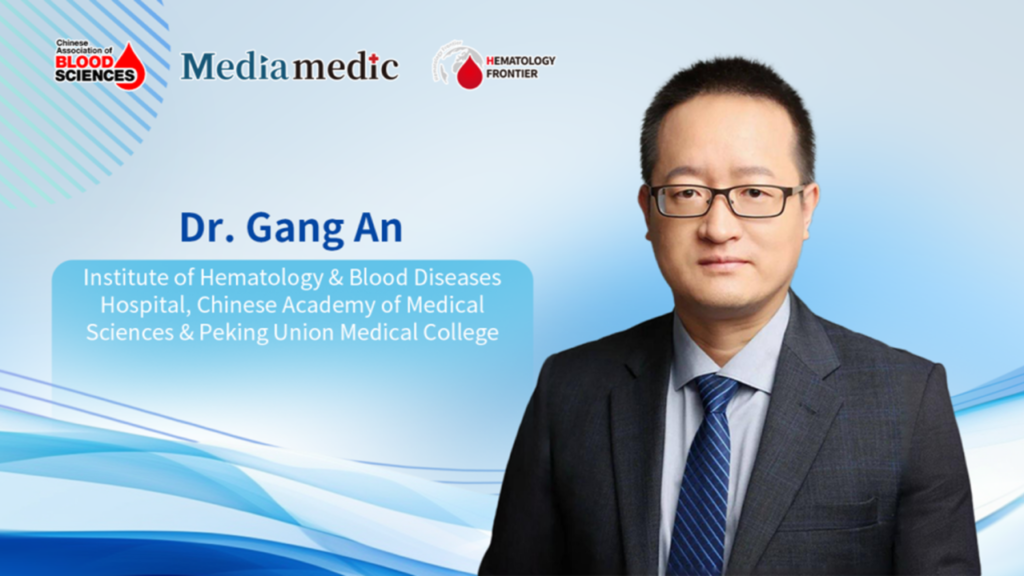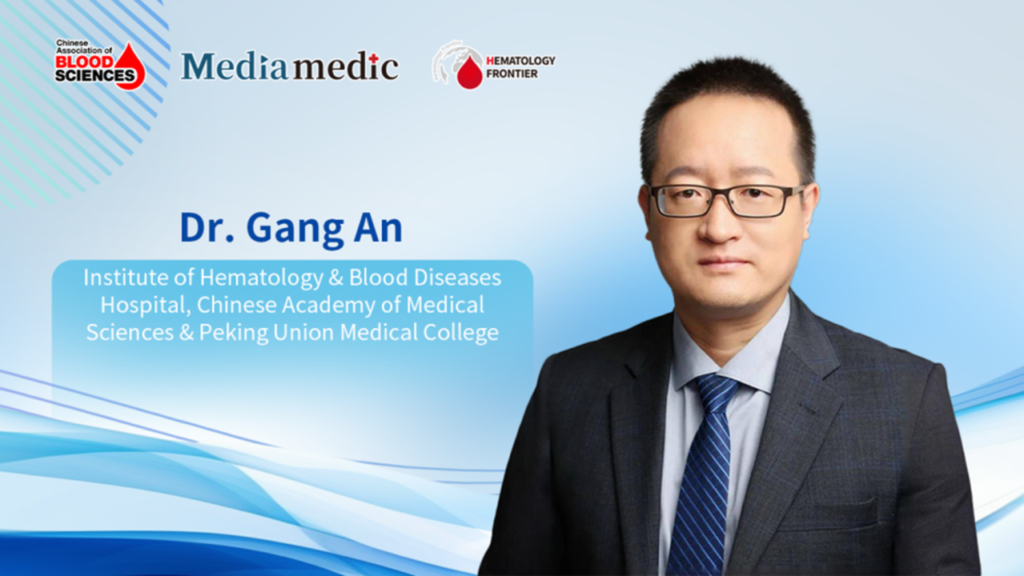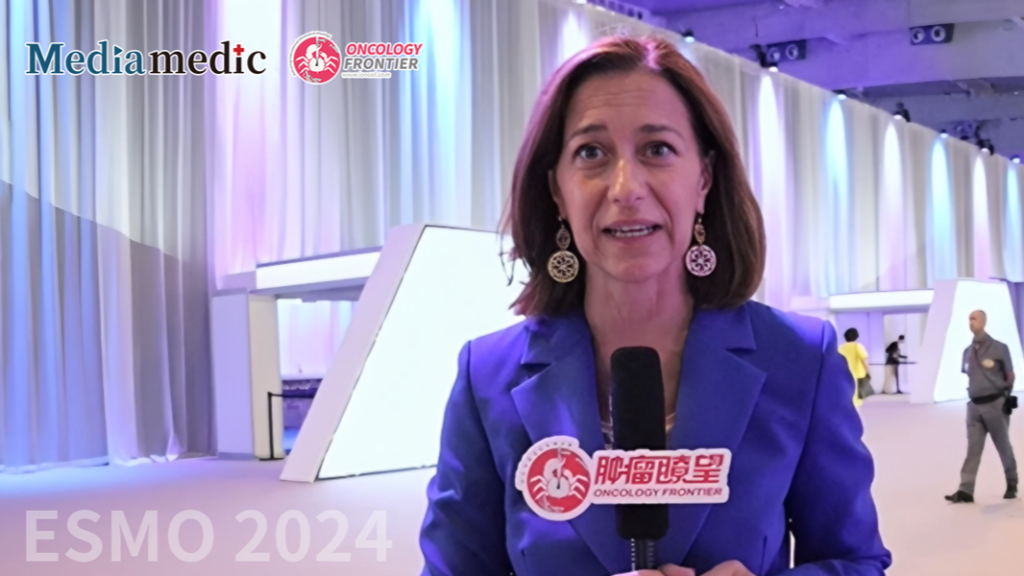From Curious Learner to Pioneer: Dr. Jie Chen’s Medical Evolution
As we step further into the 21st century, the field of medicine has undergone tremendous changes. Among the many advancements, a generation of compassionate and skilled doctors has emerged, dedicated to the wellbeing of their patients and their nation. The phrase "a doctor's heart is like a parent's" perfectly captures this essence. In the Oncology Frontier series "In Conversation," we reflect on the past with renowned doctors, exploring the highs and lows of their medical journeys. In this edition, we are honored to have Dr. Jie Chen from Fudan University Shanghai Cancer Center share her story. Over the past 30 years, she has remained dedicated to her mission. With five major career transitions, she has continually embraced challenges, breaking new ground where none existed. In the virtually untouched field of neuroendocrine tumors (NEN) in China, she laid the foundation for the discipline and paved the way for future advancements.










